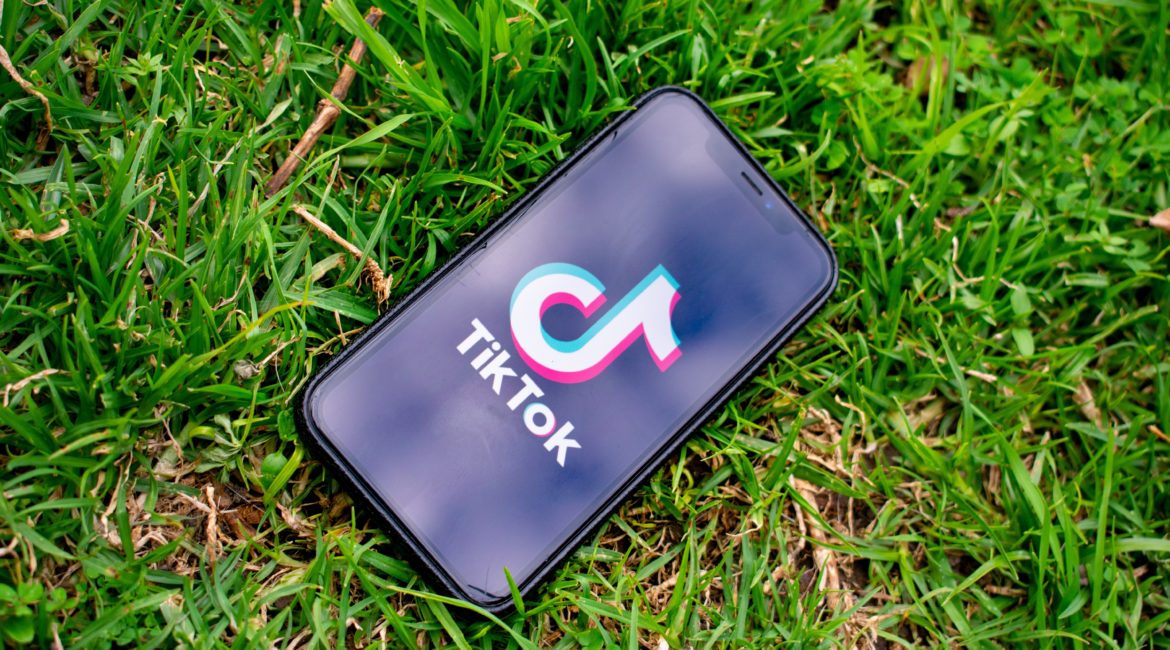Just four years ago, Vine was king.
The six-second video app, at its peak, was home to over 200 million active users, many of whom gained massive followings by utilizing the inherent creative challenge of the app and eventually pivoted to genuine careers in comedy, television, and media. At the time, 200 million users was a staggering stat for an app initially designed as a companion feature to Twitter — it now pales in comparison to the modern iteration of creative, online video, TikTok, which is currently home to a staggering 500 million users.
After the relatively sudden shuttering of Vine, many creators and aspiring creators were left with a void — and for a while, there wasn’t a replacement. Musical.ly, a simple app designed to create short lip-sync videos, entered the market and found success with a specific demographic: teenagers and tweens. This startup was scooped up by the parent company of the app that would become TikTok in 2017, and the two were merged. TikTok retained its name, and also retained the eager, young base of users that already existed in the United States. TikTok exploded, and has now reached more than 2 billion downloads worldwide. TikTok “stars” can now make a living off sponsorships. Viral trends like the “Renegade” dance launched 14-year old creator Jalaiah Harmon to coverage in Variety. The app’s most-followed user, 16-year old Charli D’Amelio (a mind-boggling 77-million followers) appeared on The Tonight Show With Jimmy Fallon in March.
TikTok is a business sustaining thousands of people around the world and driving others to collective action, which is perhaps why it has now come under closer scrutiny of the Trump Administration and the White House. President Trump announced a plan to ban the Chinese-owned app on September 15th if it is not sold to an American-based company, and it appears that once again, the creative video market could have an opening soon (at least for American users).
Following this announcement, social platforms have been scrambling to grab a piece of the potential pie. Instagram (owned by Facebook) launched its entry, Reels, on August 5th, hoping to secure existing Instagram users who may not have ever tried TikTok at all while also capturing TikTok creators seeking a way to jump ship. The layout of Reels is desirable, if currently a little redundant: 15-second videos can be linked with music and appear on an Explore page modeled after the For You landing page of TikTok. Reels may have an inherent advantage due to the simple fact that Instagram currently has over 1 billion monthly active users.
Another potential (but less likely) disruptor comes in the form of Byte, Vine creator Dom Hoffman’s attempt at a replacement for his original app. Initially designed as “v2” in the development stages, Byte hasn’t yet captured momentum to mirror Vine’s original growth or TikTok’s astronomical rise. For many teenagers, YouTube is still a go-to, so TikTok creators with strong enough fan bases to sustain a platform switch are already attempting to find their footing on the longstanding site in the meantime. The next month could play out in many ways, but one thing is certain after recent responses: TikTok, with its 14 million users in the United States alone, isn’t going anywhere without a fight.
Does TikTok Have a Countdown Clock?

